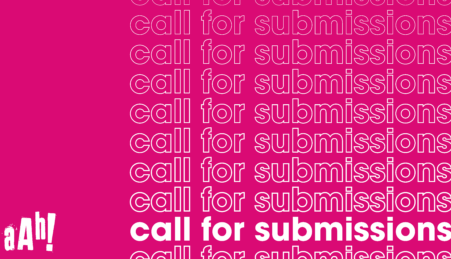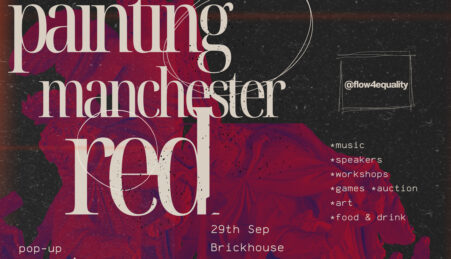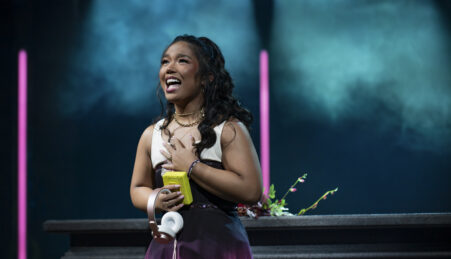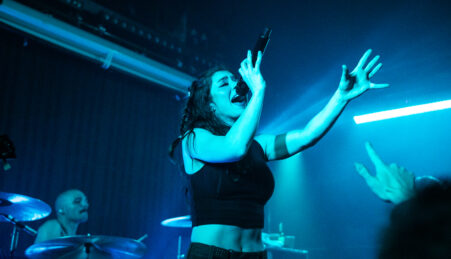By Jacqueline Grima
Often, mainstream media coverage of complex political situations, such as the Israeli/Palestinian conflict, is perceived by many to be biased, subjective or simply insufficient. At Manchester Metropolitan University (MMU) this week, photojournalists and activists, Oren Ziv and Mehmet Kacmaz, spoke about how groups of photographers have worked collectively to counter prevailing narratives and raise awareness of issues not covered by mainstream news outlets.
The event, entitled ‘Activist Photojournalism’, formed part of the Humanities in Public festival’s ‘WAR’ strand. It was introduced by MMU lecturer in Art History, Simon Faulkner, whose current research addresses the relationships between visual culture and the Israeli/Palestinian conflict.
When asked by Humanity Hallows about the importance of photojournalists engaging with political issues, Simon said: “It’s hugely important that photographers engage with social and political issues and that their photography is used to some purpose. Working as a collective strengthens their work and build resources for other photographers.”
First to speak was Oren Ziv, a photojournalist from Tel Aviv who became an activist after he refused to sign up for obligatory military service. Oren is part of a photojournalist collective called ActiveStills who were founded in 2005. The group began by attending weekly protest meetings in Israel, fighting against the building of a separation wall alongside villagers and landowners. Oren said: “We came not just to take photographs but because we were interested in what was going on. We felt a connection. We thought people should be aware of what was happening.”
The group went on to document events surrounding the protests, posting their pictures around the streets under the cover of darkness and often returning to find them removed or vandalised. They also documented the villagers’ attempts to rebuild their humble dwellings, destroyed by the seemingly aggressive reactions of the police. Oren said: “These events were not covered by international media at all.”
He went on to tell Humanity Hallows: “I became a photographer to express my political views not because the world is a beautiful place and I wanted to take pretty pictures. There is always a political agenda, there is no objectivity in photography. The minute you take a photograph you make a political statement.”
Next to speak was Mehmet Kacmaz, a member of the activist collective NARPhotos based in Istanbul. With the help of a translator, Mehmet talked about his efforts to document political and social issues, particularly surrounding the 2013 protests against the proposed building of a shopping mall on the Gezi Park site.
When the proposals were first made public, the initial protests were small but, with the help of social media, soon expanded across 79 cities, involving approximately 3 million activists. When police responded using gas canisters and plastic bullets, around 8000 people were injured, NARSPhotos journalists set out to document events to show the world what was happening. Later, many of the photographers’ images were used in trials regarding the protests.
 Mehmet went on to talk about how Turkey has been directly affected by the current conflict in Syria with thousands of refugees entering the country and using it as bridge to Europe. Concerned by the conditions the refugees were living in, NARSPhoto journalists decided to document their everyday lives, highlighting issues such as the lack of legal rights and education. Mehmet showed the audience some striking images of the refugees he had taken, some of which were later used by Amnesty International.
Mehmet went on to talk about how Turkey has been directly affected by the current conflict in Syria with thousands of refugees entering the country and using it as bridge to Europe. Concerned by the conditions the refugees were living in, NARSPhoto journalists decided to document their everyday lives, highlighting issues such as the lack of legal rights and education. Mehmet showed the audience some striking images of the refugees he had taken, some of which were later used by Amnesty International.
Asked about his work in the collective, Mehmet told Humanity Hallows: “Working as a collective is more powerful than working as an individual. The mainstream media don’t want to cover, or see, certain sensitive issues so, as a collective, we can try to highlight them.”
Mehmet also told the audience about other social issues in Turkey that are not often highlighted in mainstream media, including a 40-year-long civil war in the east of the country and the building of hydro-electric power plants on farming land.
The event finished with an audience discussion, one audience member asking if the photojournalists’ images would ever be used by mainstream media and, if so, would their context be changed? Oren replied: “They wouldn’t use our images. Our agendas are completely different.”
The concept of war photography will be furthered explored in the Humanities in Public ‘Photobomb’ exhibition which is on display in the Holden Café Gallery in Grosvenor Building until Friday 20th November. The exhibition will feature images associated with war, conflict and protest as well as installations of activist photojournalists’ work. For more information, see the Humanities in Public website.







Leave a reply